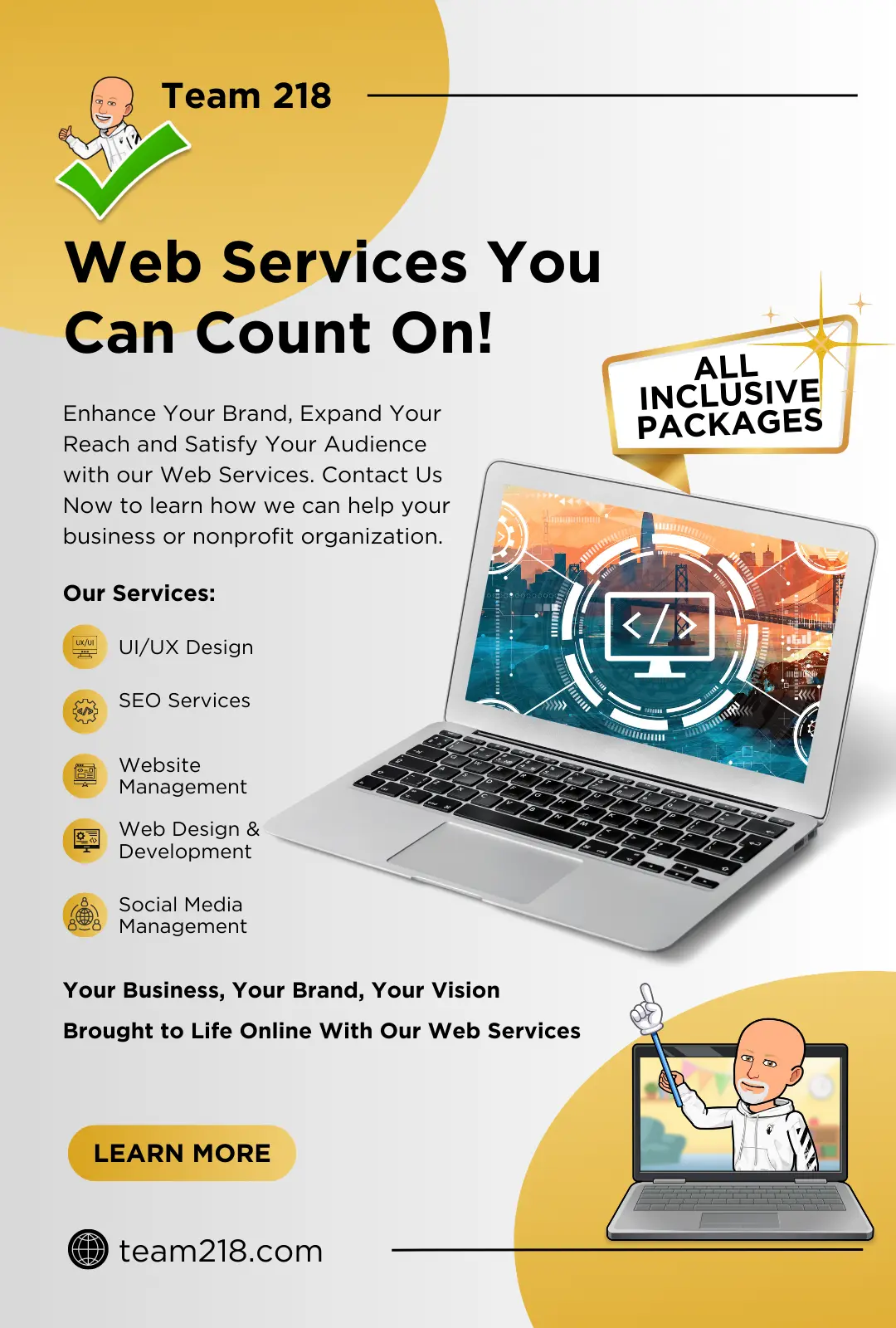An In-depth Overview of the most effective Practices in Web Style for Producing Accessible and instinctive Online Platforms
The efficiency of an online system pivots dramatically on its layout, which need to not just bring in customers however additionally assist them flawlessly with their experience. Understanding these principles is critical for developers and designers alike, as they straight impact customer satisfaction and retention.
Comprehending User Experience
Comprehending user experience (UX) is crucial in website design, as it directly influences how visitors connect with a site. A well-designed UX makes sure that individuals can navigate a website intuitively, access the details they look for, and total desired actions, such as purchasing or authorizing up for a newsletter.
Use concentrates on the convenience with which customers can achieve tasks on the web site. Availability makes sure that all customers, consisting of those with impairments, can communicate with the website effectively.
Visual appeals play an essential role in UX, as aesthetically appealing designs can enhance individual satisfaction and interaction. Color design, typography, and images must be attentively chosen to produce a cohesive brand name identification while additionally assisting in readability and comprehension.
Inevitably, prioritizing user experience in website design fosters higher user contentment, encourages repeat gos to, and can substantially enhance conversion prices, making it an essential facet of effective electronic methods. (web design)
Importance of Responsive Style
Receptive design is a crucial element of contemporary internet advancement, ensuring that sites give an optimal viewing experience throughout a wide variety of tools, from desktops to mobile phones. As individual actions progressively moves in the direction of mobile surfing, the demand for websites to adapt flawlessly to various screen dimensions has become vital. This versatility not just boosts use but likewise substantially impacts customer interaction and retention.
A responsive layout uses liquid grids, adaptable pictures, and media queries, enabling a natural experience that keeps functionality and visual honesty despite device. This technique eliminates the demand for customers to zoom in or scroll flat, leading to a much more user-friendly interaction with the web content.
Additionally, online search engine, especially Google, prioritize mobile-friendly sites in their positions, making receptive design essential for maintaining presence and access. By embracing receptive layout concepts, businesses can reach a more comprehensive audience and enhance conversion prices, as users are more most likely to engage with a website that uses a consistent and smooth experience. Eventually, receptive design is not merely an aesthetic selection; it is a critical need that mirrors a dedication to user-centered style in today's electronic landscape.
Simplifying Navigation Frameworks
A well-structured navigating system is necessary for improving the individual experience on any kind of internet site. Simplifying navigating structures not only aids customers in discovering details swiftly but likewise fosters engagement and decreases bounce rates. To achieve this, internet developers should prioritize clarity via making use of straightforward tags and classifications that show the content accurately.

Including a search feature even more enhances usability, permitting individuals to find content directly. Furthermore, implementing breadcrumb tracks can give customers with context concerning their location within the website, promoting convenience of navigation.
Mobile optimization is an additional important aspect; navigation needs to be touch-friendly, with clearly specified links and buttons to accommodate smaller sized displays. By reducing the variety of clicks required to gain access to material and making certain that navigation is constant across all pages, designers can develop a smooth user experience that encourages exploration and decreases irritation.
Prioritizing Access Specifications
Approximately 15% of the global populace experiences some form of disability, making it crucial for internet designers to prioritize accessibility criteria in their projects. Access includes different aspects, consisting of visual, acoustic, cognitive, and electric motor disabilities. By adhering to established standards, such as the Internet Web Content Ease Of Access Standards (WCAG), developers can create comprehensive digital experiences that provide to all users.
One fundamental practice is to make sure that all web content is perceivable. This consists of offering alternative message for pictures and ensuring that videos have records or captions. Key-board navigability is crucial, as many users count on keyboard shortcuts rather than computer mouse communications.
 Furthermore, shade comparison must be meticulously considered to accommodate people with visual disabilities, guaranteeing that message is understandable against its history. When making kinds, labels and error messages need to be detailed and clear to help customers in completing jobs effectively.
Furthermore, shade comparison must be meticulously considered to accommodate people with visual disabilities, guaranteeing that message is understandable against its history. When making kinds, labels and error messages need to be detailed and clear to help customers in completing jobs effectively.Lastly, performing usability testing with individuals that have disabilities can offer very useful insights - web design. By prioritizing availability, internet developers not just follow legal criteria yet also broaden their target market reach, cultivating a much more comprehensive on the internet environment. This dedication to availability is vital for a truly navigable and user-friendly internet experience
Utilizing Visual Hierarchy
Clarity in layout is vital, and using visual power structure plays a critical duty in attaining it. Aesthetic hierarchy refers to the arrangement this contact form and discussion of components in a method that plainly indicates their significance and guides user interest. By purposefully using size, spacing, comparison, and color, designers can create a natural circulation that routes customers with the material perfectly.
Using larger typefaces for headings and smaller sized ones for body text develops a clear distinction in between sections. Additionally, employing different histories or bold shades can draw attention to vital info, such as call-to-action switches. White space is similarly crucial; it assists to avoid mess and allows users to focus on the most essential elements, enhancing readability and total individual experience.
One more trick aspect of aesthetic pecking order is the usage of imagery. Relevant photos can boost understanding and retention of info while also separating text to make material a lot more absorbable. Ultimately, a well-executed visual pecking order not just improves navigation yet also cultivates an instinctive communication with the web site, making it most likely for customers to attain their goals effectively.
Final Thought

In addition, the reliable use of visual hierarchy enhances individual interaction and readability. By prioritizing these aspects, web developers can considerably boost user experience, guaranteeing that online systems fulfill the diverse requirements of all individuals while facilitating reliable communication and satisfaction.
The performance of an online system hinges substantially on its design, which must not only draw in users but likewise guide them seamlessly via their experience. By embracing receptive layout principles, companies can Homepage get to a broader audience and improve conversion rates, as users are much more likely to engage with a website that uses a smooth and consistent experience. By sticking to developed standards, such as the Web Content Accessibility Guidelines (WCAG), developers can develop comprehensive electronic experiences that cater to all users.
White space is equally vital; it helps to avoid mess and permits users to concentrate on the most crucial elements, enhancing readability and total individual experience.
By prioritizing these aspects, internet designers can dramatically improve customer experience, ensuring that online systems meet the diverse needs of all individuals while facilitating efficient communication and complete satisfaction.